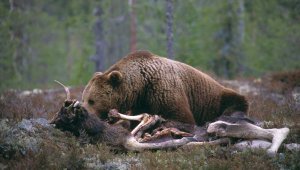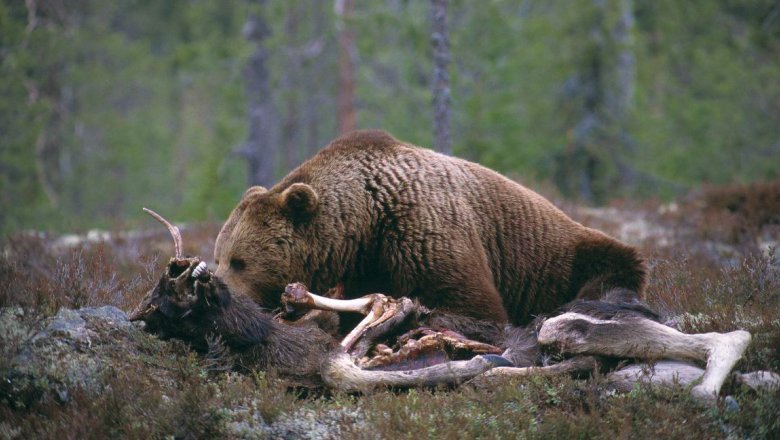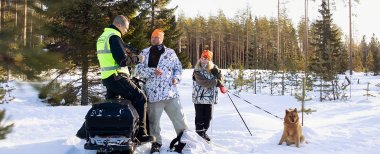The responsibility for the conservation and population management of large carnivores rests with the Finnish Ministry of Agriculture and Forestry, which decides the annual hunting quotas, based on which the Finnish Wildlife Agency may grant exceptional hunting permits by application. The Ministry's quotas are based on annual population estimates produced by Natural Resources Institute Finland. The quotas are set in such a way that the hunting does not affect the level of protection of any species.
Many different authorities, organisations and ordinary citizens interested in large carnivores participate in the conservation and management of predator populations. Well defined and planned hunting of large carnivores forms a part of successful population management and conservation efforts.
Population management plans for large carnivores
The views held by Finns are sometimes conflicting when it comes to the population management and conservation of large carnivores. In order to piece together these different views, national management plans are created. Read more about management plans.
Conservation
Finland is bound by both national and international agreements to maintain healthy predator populations. Minimum viable population (MVP) is a concept used by zoologists to describe the minimum number of animals in a population that allows the species to survive into the future without going extinct. If the population of a species is too low, it is probably brought down by a combination of factors, even if everything seems to be fine on the surface. Read more about present situation and conservatin methods.
Hunting
Large carnivores are protected under the Finnish Hunting Act. They may only be hunted in limited numbers with exceptional permits. The Finnish Ministry of Agriculture and Forestry sets annual quotas for the hunting of lynx, brown bear and wolf.
Legislation and regulations
In Finland, the conservation and hunting of large carnivores is conducted according to national legislation and international agreements. Read more about applicable law.
Large carnivore research
The main focuses of large carnivore research are population tracking and studying the animals' behaviour. In addition to mere numbers, population trackers also uncover the age structure, sex ratio and genetic makeup of our large carnivore populations. Research also yields insights into the animals' movement patterns, habitats, diets and reactions to human activities. Read more about large carnivore research.


